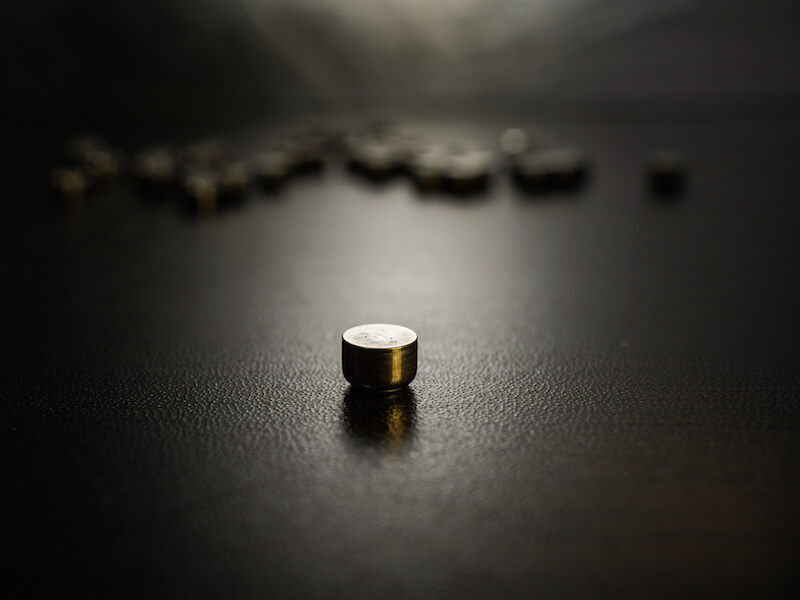
Modern technology has changed the way we power electronics of all kinds, from radios to cameras to phones. For decades, people looking to address hearing loss have hoped for a similar progression, and the industry is finally recognizing the promise of a powerful rechargeable hearing aid battery.
Size 312 batteries are the most common of the disposable batteries that have traditionally been used to power hearing aids. The most popular form of this battery, now, is “zinc-ion”.
The Downside to Disposable Hearing Aid Batteries
The presence of air effects a zinc-air battery, as the name indicates. Regarding the 312 batteries used in many hearing aids, the user is required to pull a small tab off the back of the battery before it is activated and functional.
As soon as it is fully oxygenated, it begins to lose power. That means power is beginning to drain whether the user is ready for it or not.
Most users regard the duration of life to be the most significant disadvantage of disposable batteries. Some reports have cited the average life expectancy of a size 312 disposable battery to be between 3 and 12 days, which means users could switch out their batteries about 120 times per year.
Because of this, besides needing to buy 120 batteries, the user will have to switch and correctly dispose of batteries at least two times a week. That’s most likely over $100 in batteries from a cost outlook alone.
Advancements in Rechargeable Batteries
Luckily, for hearing aid users in search of another alternative, there have been profound developments to rechargeable hearing aids that now make them a practical solution.
Studies have shown that most people overwhelmingly prefer to wear rechargeable hearing aids. Previously, these models were not practical because they didn’t keep a charge long enough. But modern rechargeable batteries will last all day without needing a recharge.
Rechargeable batteries won’t save users substantial amounts of money, but they will improve their quality of life.
In addition to providing 24 hours of charge time, these contemporary models result in less frustration for the user, since there’s no more swapping and correctly disposing of batteries. They just need to put the battery on the charger.
A disposable battery nearing the end of its life simply can’t operate at full capacity. There’s also no real way to identify how near to being inoperable the battery really is. Consequently, users risk putting themselves in a situation where their battery could die at a crucial time. Not only is this a safety concern, but users could miss important life moments because of a faulty battery.
Types of Rechargeable Hearing Aid Batteries
There are unique advantages to each of the different materials that rechargeable batteries are constructed from. The ability to maintain a charge for 24 hours is one reason why integrated lithium-ion batteries are one practical option that manufacturers provide. You might be surprised to know that this same type of technology is what charges and powers your cellphone.
Silver-zinc technology is another material used for modern rechargeable hearing aids. This innovative approach was originally manufactured for NASA’s Apollo missions to the moon. With this technology, even your existing hearing aids can most likely be upgraded to run on rechargeable power. These batteries, like lithium-ion, will also last all day before needing to be recharged.
Some models even let you recharge the battery while it’s still in the hearing aid. For these, users will slip the entire hearing aid into a charging station when they sleep or during another time when the hearing aid isn’t in use.
While each of these rechargeable strategies provides substantial advantages over disposable batteries, each approach should be properly vetted to get a complete picture and to identify if it’s right for you.
If you’re looking for more information about hearing aid technology or how to determine the ideal hearing aid to meet your needs, we encourage you to look at our hearing aids section.
